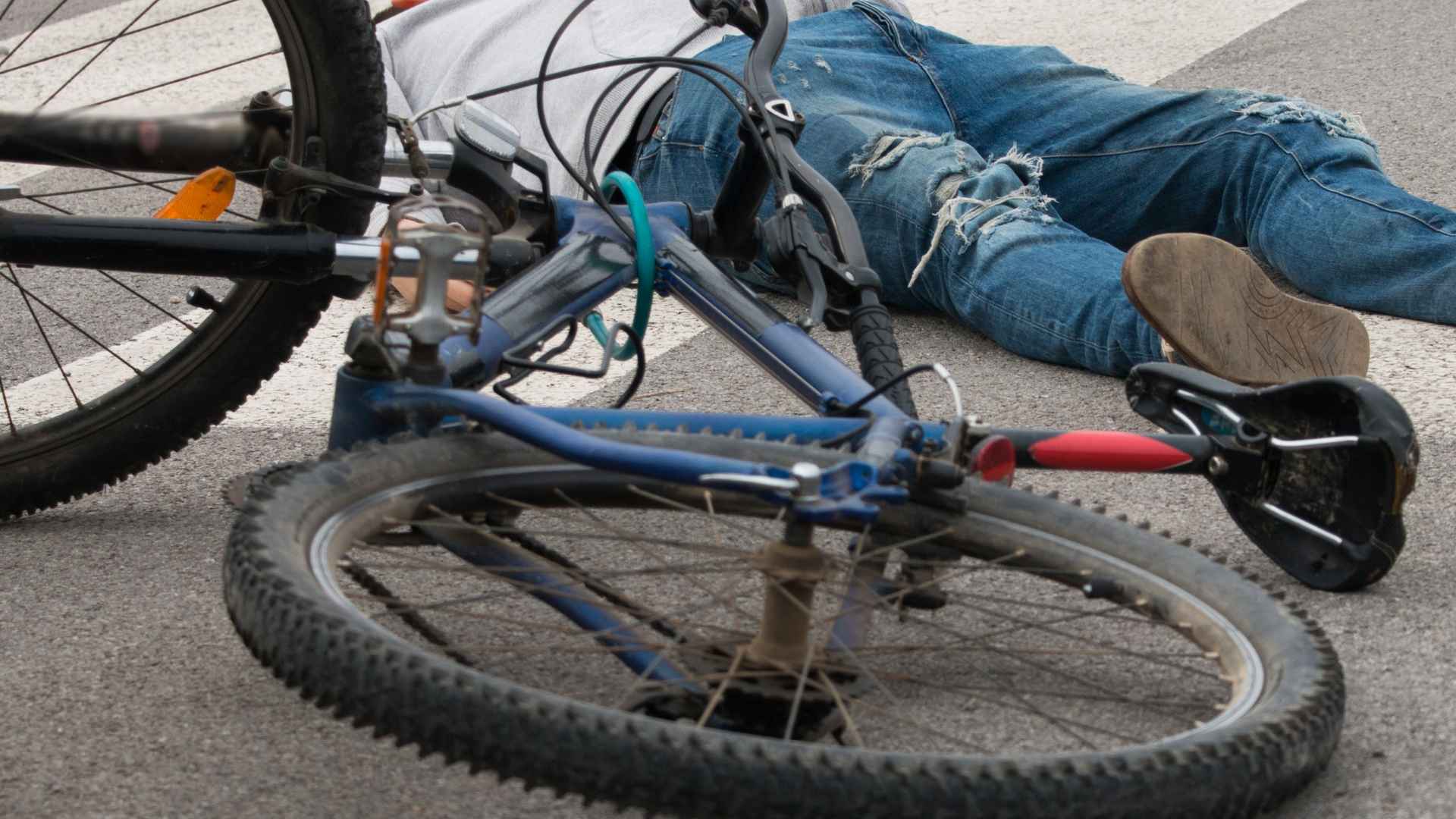Robert Lewis says defective handlebars left him paraplegic; complaint seeks damages and corporate accountability.
Amazon faces fresh scrutiny after California resident Robert Lewis filed suit in June 2025 alleging that a defective e‑bike purchased through the retailer collapsed beneath him last December, leaving him permanently paralyzed.
How the December 2024 crash unfolded and why the lawsuit targets Amazon’s vetting process
Court filings claim the locking mechanism that secures the handlebars failed during a routine ride, sending Lewis to the pavement. What went wrong on that morning ride? The complaint argues Amazon treated fast‑selling e‑bikes like the short‑lived hoverboard craze, prioritizing clicks over basic safety reviews. Attorneys say that amounts to “complete disregard for the safety of its subscribers,” echoing language used in prior product‑liability cases.
Key allegations at a glance
- Amazon flooded its marketplace with trend‑driven e‑bikes without rigorous safety evaluation
- Handlebar locking system allegedly detached, causing a catastrophic fall
- Similar oversight lapses were seen during the 2015 hoverboard fires
- Lewis seeks medical costs, lost wages, and punitive damages
Potential impact on Amazon’s product accountability and consumer safety expectations nationwide
Who hasn’t hit “Buy Now” assuming the goods are vetted? Lewis’s suit argues that confidence may be misplaced. Although Amazon often deflects liability by framing itself as a mere platform, recent court opinions and state statutes have begun to chip away at that shield. A significant judgment could push the company to adopt tighter supplier audits, lab testing, and clearer warnings—steps that advocates say are long overdue.
| Timeline | Milestone |
|---|---|
| Dec. 2024 | Alleged handlebar failure; Lewis sustains spinal injury |
| Jun. 2025 | Lawsuit filed in California state court |
| TBD | Discovery phase expected to probe Amazon’s safety protocols |
Consequently, the case also matters for clean‑transport goals. Safety scares dampen enthusiasm for e‑mobility, and a chilling effect on reputable vendors could slow the shift away from gas‑powered vehicles.
Steps injured consumers can take today to protect their rights and encourage safer marketplaces
- Document the product, receipts, and every medical visit immediately
- Report defects to the U.S. Consumer Product Safety Commission
- Consult a specialized product‑liability attorney before speaking with insurers
- Keep damaged parts—do not return them—so experts can inspect the failure
On the other hand, everyday riders can lower their risk by checking torque settings, watching manufacturer recall lists, and buying from sellers that publish independent test results.
Lewis’s complaint may become a bellwether for how far online retailers must go to guard shoppers from defective tech. If the court agrees Amazon is more than just a digital middleman, the decision could rewire marketplace standards and—just maybe—make your next “Add to Cart” a safer bet.

